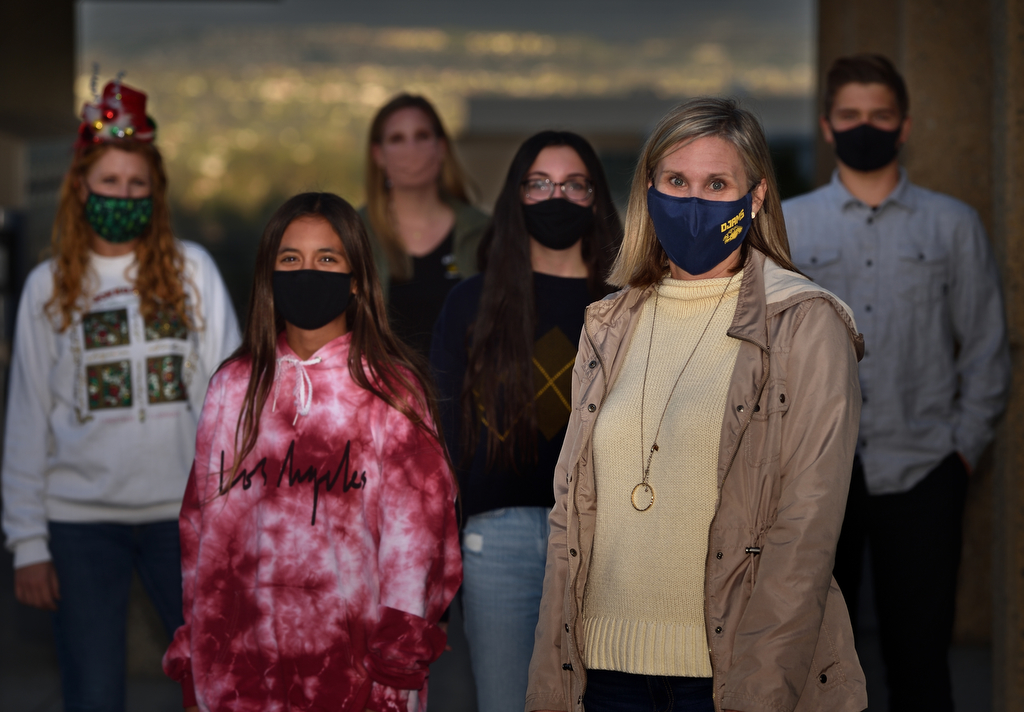By Lou Ponsi
From no school, to virtual school to hybrid school, students and teachers have been among the groups most disrupted by the COVID-19 pandemic.
But considering the unprecedented level of the lengthy disruption, the students and staff at Don Juan Avila Middle School in Aliso Viejo have managed to adapt well to the drastic changes, first-year principal Amy Varricchio said.
“As a person in the district for 20 years, this is really different,” Varricchio said. “It’s not my style to be covered up and be apart from anybody. The kids and staff have been fantastic during this time. They have adopted to such a weird situation quickly.”
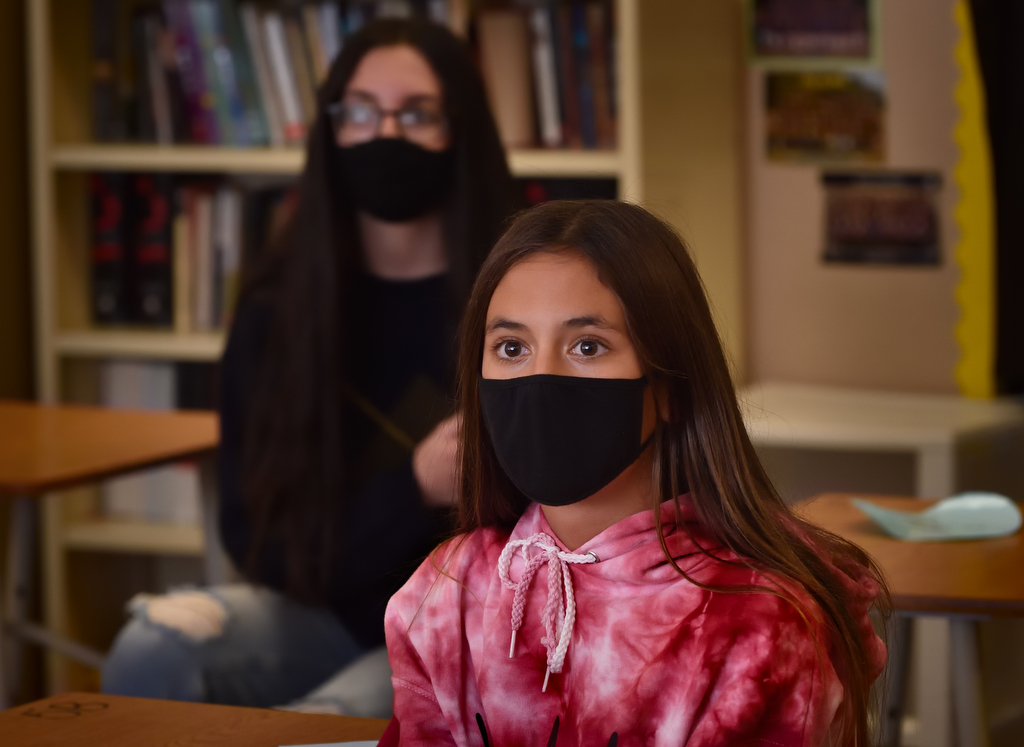
Photo by Steven Georges/CUSD Insider
Schools in the Capistrano Unified School District began planning for 2020-21 school year as soon as campuses were shut down in March, the principal said.
The school campuses stayed completely shuttered, with no learning taking place in person from mid-March to mid-August, when classes were only held virtually.
In October, Don Juan Avila progressed to a rotating hybrid model where roughly one-third of the school’s 1,039 students learned virtually while the remaining two-thirds were taught in the classroom.
“Since being back with the hybrid (model), it’s been a great opportunity because I get to see students in person every single day,” said teacher Katherine Chastain, who teaches math and science. “You can only do so much on a screen when you have 35 plus students looking at you. When you are in the classroom it’s building those personal connections.”
But in-person learning doesn’t look the same now as it did prior to COVID-19 outbreak.
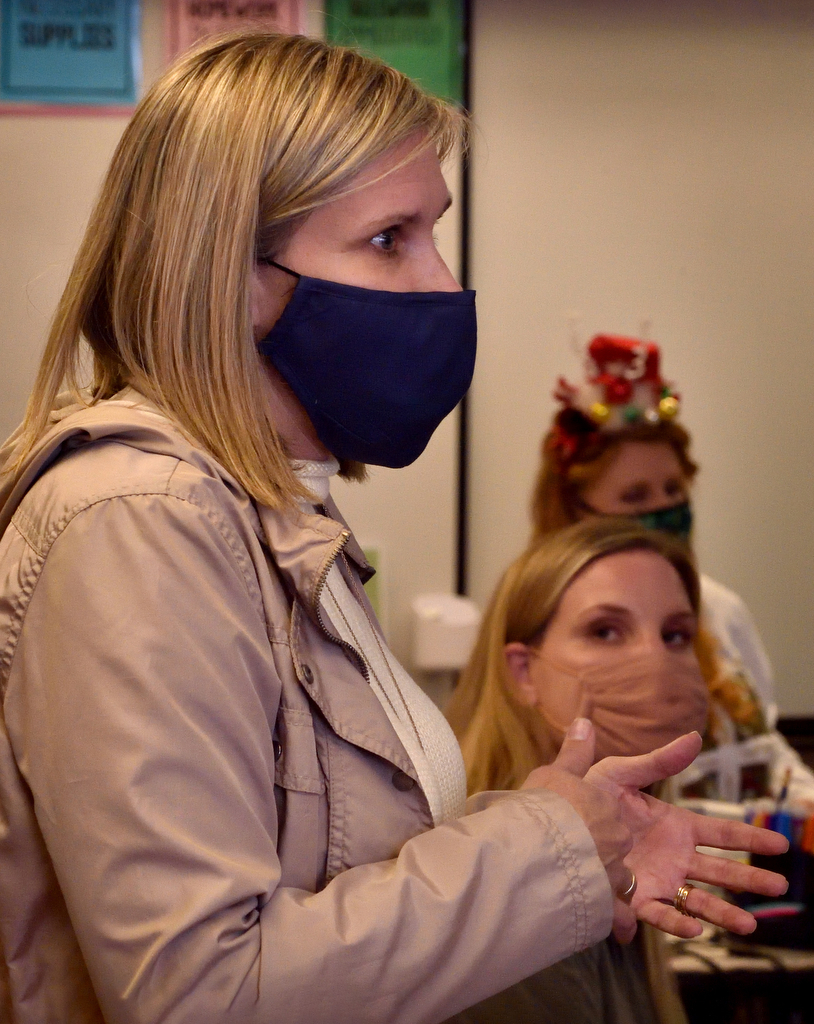
Photo by Steven Georges/CUSD Insider
Lunchtime activities, such as basketball and soccer, are not taking place and students spread out on a large patch of grass, instead of sitting close together at lunch tables.
Most ASB activities have been halted and PE is taking place online.
“I always looked forward to PE every day,” said Kaitlyn Millikan, a seventh-grader at Don Juan Avila. “I miss sports tournaments. They were really fun and we’re not able to do that now. It’s just harder. There are so many rules … stuff you need to follow.”
Students and staff wear masks at all times and temperatures are taken as soon as they arrive for school.
Sanitizer is readily available and there is lots of hand washing taking place.
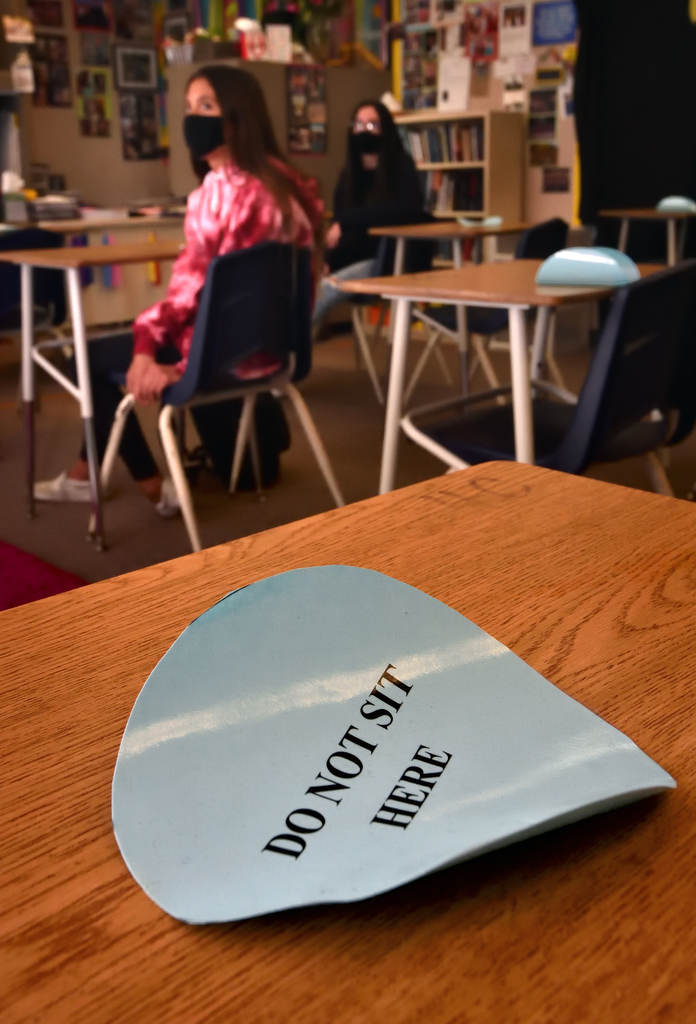
Photo by Steven Georges/CUSD Insider
Prior to returning to hybrid school, when students and teachers would be returning to the classroom since the pandemic shut everything down in March, Don Juan Avila students produced a video showing what school would look like when they returned: where and how to line up, new seating arrangements, how they would be exiting and other mandates.
“It looked a lot different than it does now,” said eighth grader Paige Bergnan on a typical school day then and now.
But even with restrictions in place, learning in school is better than virtual learning, Bergnan said.
“How school runs now is a lot better because we get to see teachers in person and I think that is the best part of the whole thing,” Bergnan said. “Because I love interacting with people and that is the thing I miss the most … being with people and being with my friends.”
Parents’ routines have also been upended by the pandemic.
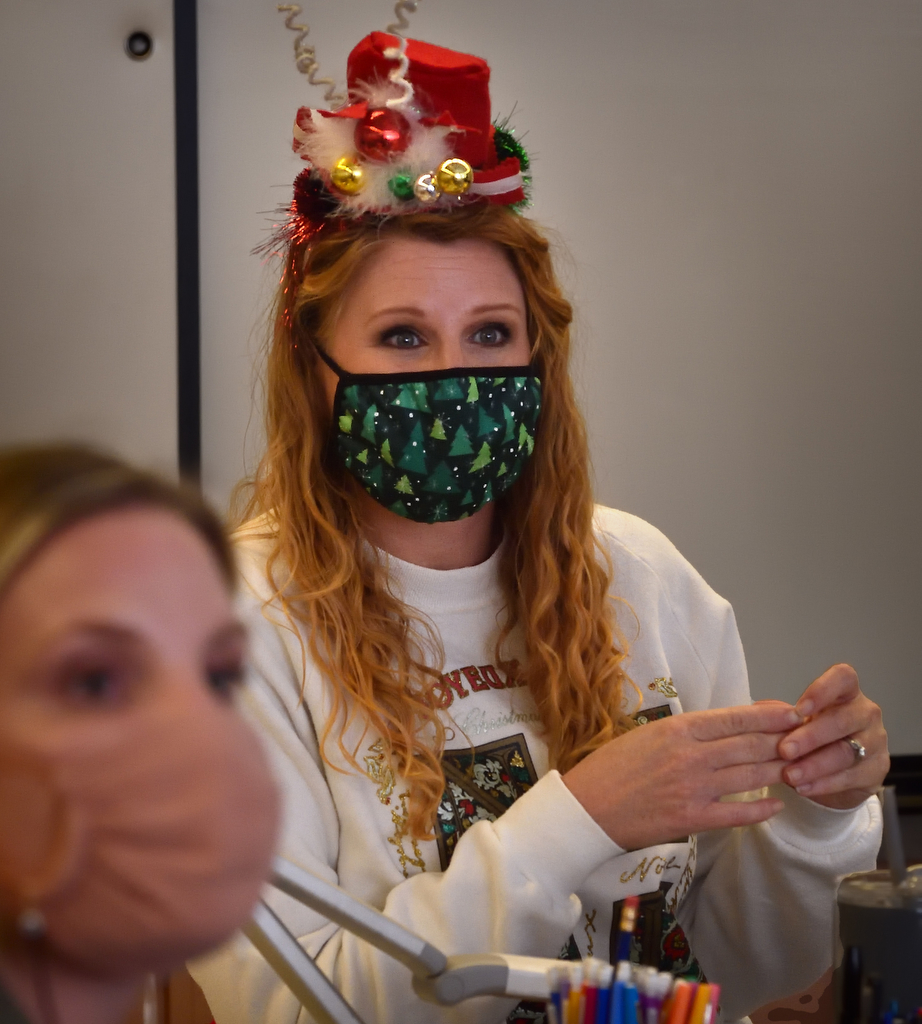
Photo by Steven Georges/CUSD Insider
Sara Havranek has four children attending school in CUSD – two in high school, one at Don Juan Avila and one in elementary school.
“There were days I felt really hopeless … really discouraging,” said Havranek on the early days of the pandemic. “I think in the spring we felt we just have to hang on until the end of the school year and figure this out over the summer. We can make a better plan and adjust and I think that is what happened.”
And with all the disruption there have been pleasant outcomes, Havranek said.
“Initially, after the surprise, there was kind of a discouragement and sadness that so many things were being taken away,” she said. “But I think in time, I actually started looking at things we’ve gained from this experience. First and foremost for me as a mom has been time as a family. By and large I am grateful for the slower pace and the focus of togetherness.”
Students have also gained positive attributes from the experience, Havranek said, such as resiliency, flexibility and self-reliance.
“We are grateful everybody just dug in and made it work,” she said. “I think they’ve grown with the challenge but I think they are very much looking forward to enjoying life as they knew it mentally and socially.”
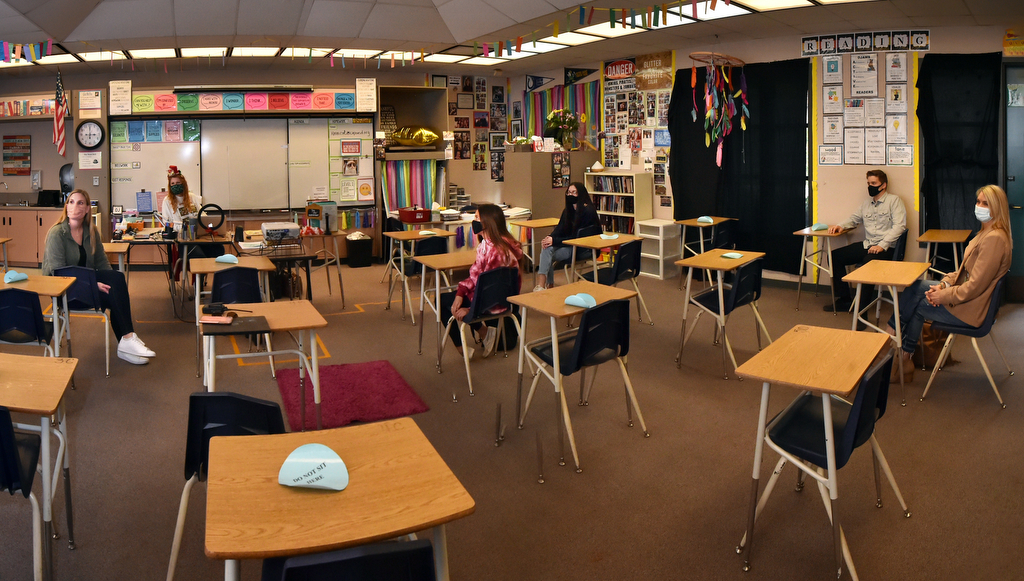
Photo by Steven Georges/CUSD Insider

